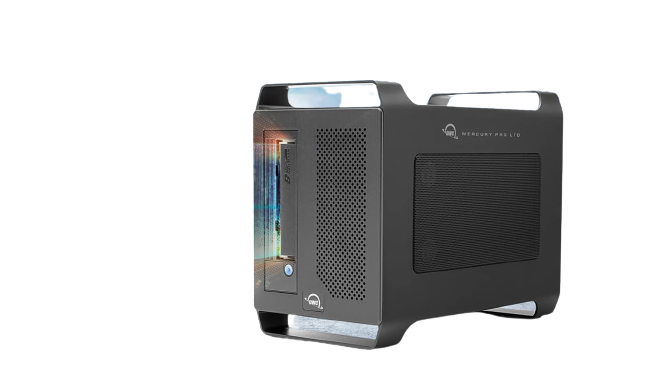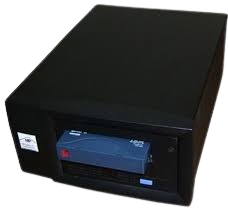LTO And Optical Media

LTO (Linear Tape-Open)
LTO is a magnetic tape data storage technology developed as an open standard. It is typically used for long-term data archiving and backup purposes. LTO tapes have been widely adopted by various industries, including data centers, media production, healthcare, and more. Here are some key features and characteristics of LTO
Capacity: LTO tapes come in various generations, with each generation offering increased storage capacity. Capacities have ranged from hundreds of gigabytes to tens of terabytes per tape cartridge.
Optical Media:
Optical media, on the other hand, is a type of storage technology that uses laser light to read and write data on a disc. There are two primary types of optical media: CDs (Compact Discs), DVDs (Digital Versatile Discs), and Blu-ray Discs. Optical media is often used for distributing software, movies, music, and other digital content. Here are some key features of optical media:
Capacity: The capacity of optical discs varies. CDs typically hold around 700 MB of data, DVDs can store 4.7 GB (single-layer) or 8.5 GB (dual-layer), and Blu-ray discs can store 25 GB (single-layer) or 50 GB (dual-layer) or even more in higher-capacity versions.
Data Transfer Rate: Optical media generally has slower data transfer rates compared to modern hard drives or solid-state drives (SSDs).
Durability: Optical discs are relatively durable and less susceptible to physical damage compared to magnetic tapes, but they can still be scratched or damaged.
Compatibility: Optical media has faced challenges with compatibility as technology evolves. Newer computers and devices may lack optical disc drives.

In summary, LTO is primarily used for long-term data archiving and backup in professional settings, offering high capacity and reliability. Optical media, such as CDs, DVDs, and Blu-ray discs, is more commonly used for distributing content and less for long-term data storage, as it has relatively lower capacity and transfer rates compared to modern data storage technologies like hard drives and SSDs. The choice between LTO and optical media depends on the specific storage needs and use cases.
